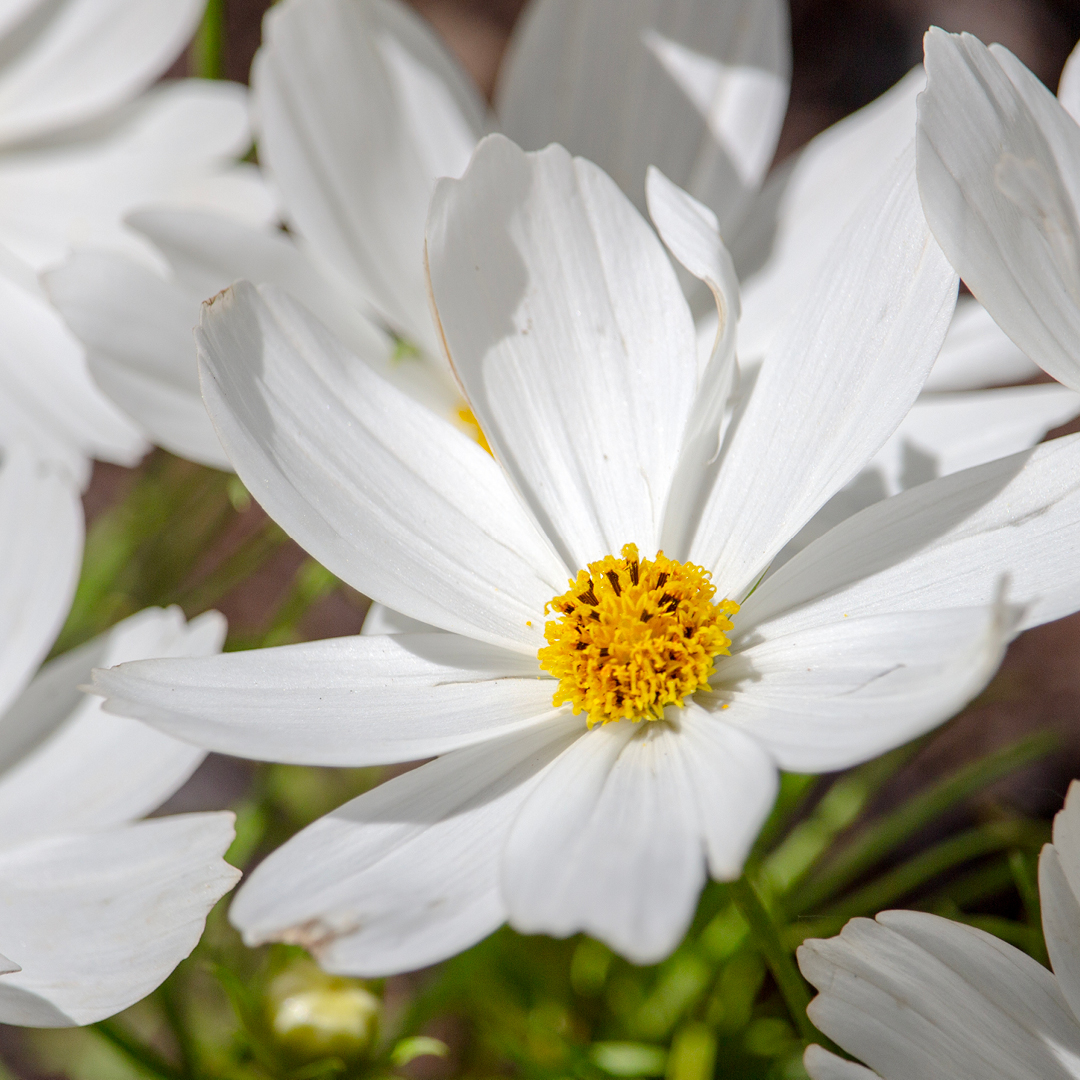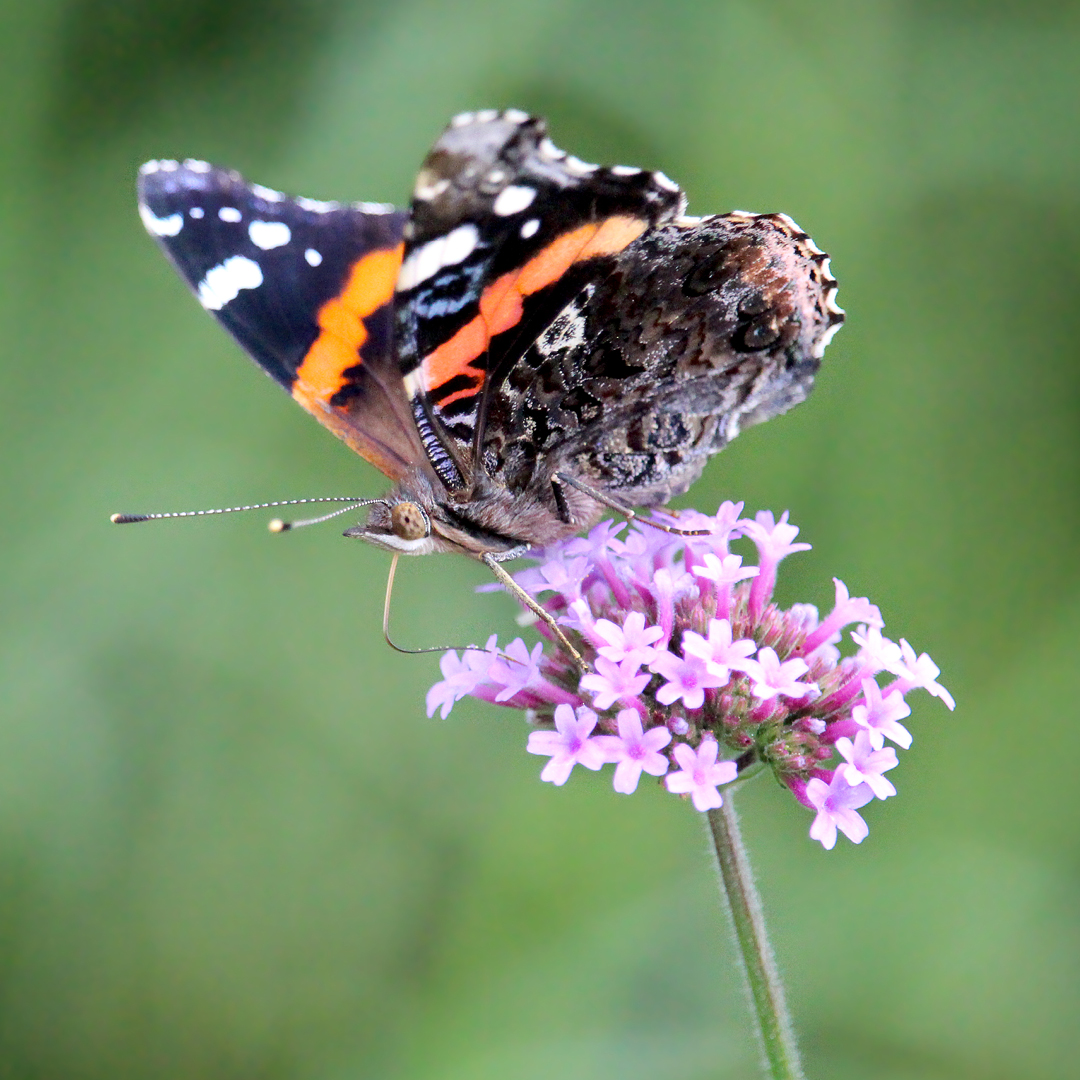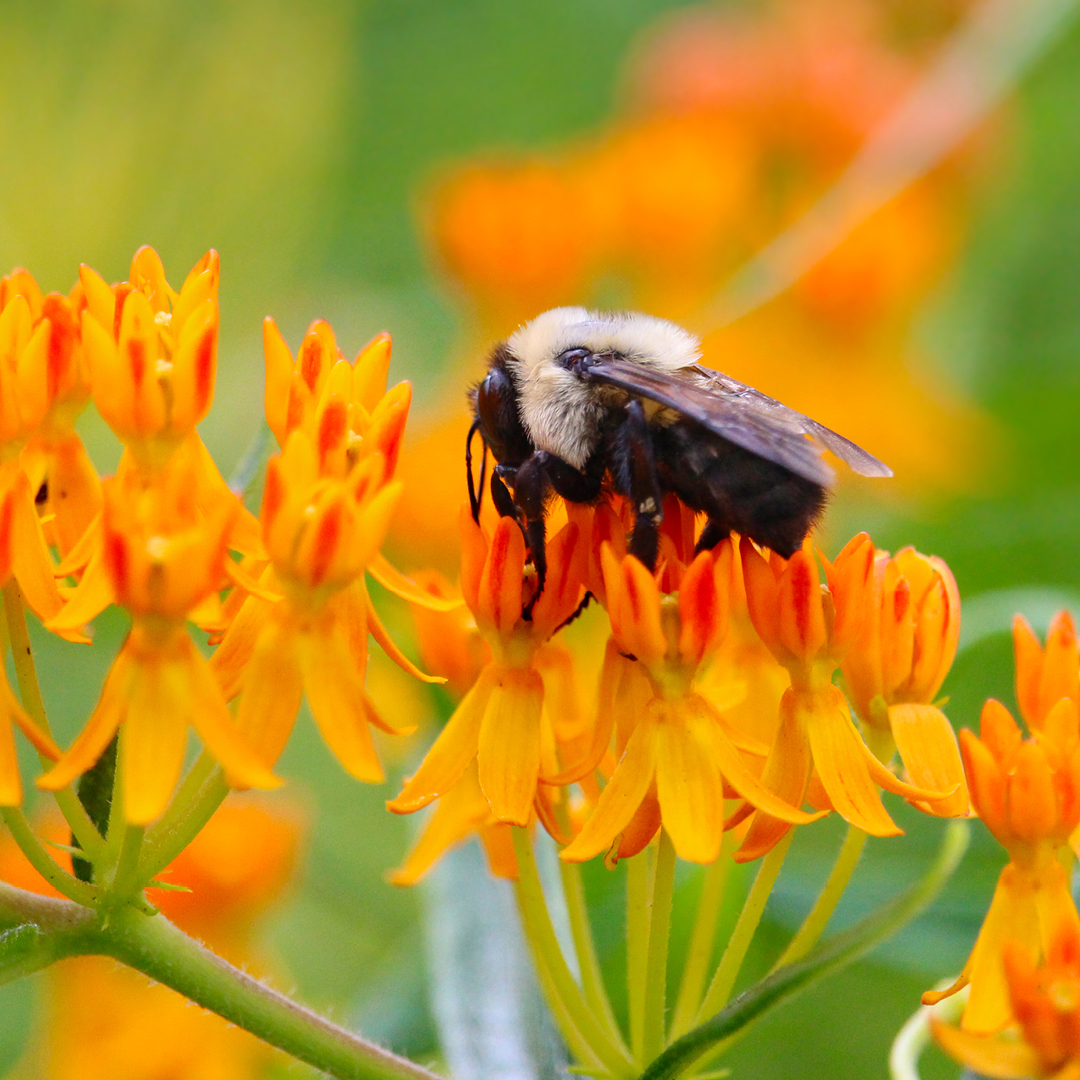As Arizona residents, we have the privilege of enjoying beautiful desert scenery and biodiversity that can’t be found anywhere else in the world. But we must also remember our responsibility to protect and conserve this unique wildlife by encouraging pollinators to flourish in our communities. As Tucson homeowners, by taking simple steps to provide essential food sources for these species year-round, we can contribute not only directly to preserving their populations but also indirectly help safeguard crops vital for survival – supporting a healthier environment for us all!
The Importance of Pollinators
Pollinators are fascinating creatures that play a vital role in our ecosystem. From bees and butterflies to hummingbirds and bats, these creatures facilitate the reproduction of plants by carrying pollen from flower to flower. But their importance extends beyond just plant reproduction. Pollinators help to maintain biodiversity and provide food for other animals, including humans. Unfortunately, pollinator populations are declining due to factors such as habitat loss, pesticide use, and climate change. Understanding the crucial role of pollinators and the threats they face is essential for their conservation. By protecting pollinator habitats and reducing the use of harmful chemicals, we can ensure that these important creatures continue to thrive and provide the essential services that are so important for our planet.
Who Are Our Pollinators
Tucson, Arizona, is home to a diverse range of pollinators. The most common among them are the native bees, including species such as the Carpenter bee, Sweat bee, and the well-known honeybee. But it’s not just bees that are busy pollinating. A variety of butterflies, including the stunning Monarch and the Painted Lady, contribute significantly to pollination. Let’s not forget about the hummingbirds either, such as the Anna’s Hummingbird and the Costa’s Hummingbird, which are attracted to brightly colored, tubular flowers. There are many other creatures that also play a role in the pollination of plants. Together, these pollinators are the unsung heroes of Tucson’s rich and vibrant biodiversity.
Planting for Pollinators
When it comes to gardening for Tucson’s pollinators, certain plants have proven to be particularly beneficial. Native plants, naturally adapted to the local climate and soil conditions, tend to be the most successful. By planting a variety of these pollinator-friendly plants, Tucson homeowners can maintain vibrant, thriving gardens while contributing to the preservation of our indispensable pollinators. Also, choosing brightly colored flowers that produce nectar and pollen to decorate the home landscape is a great way to create a welcoming environment for our pollinators. If not native, these flowering annuals and perennials should be able to withstand the unique Tucson climate conditions. By planting flowers that cater to each type of pollinator, you not only add vivid color and beauty to your garden but also contribute to the fundamental work of these little creatures. So, roll up your sleeves, grab your gardening tools, and create a haven for pollinators in your own backyard!
The following is a list of native and non-native flowering pollinator plants that are all drought tolerant and thrive in our arid Tucson conditions. This is just a sampling, and there are plenty more. Our knowledgeable Green Things staff can help you select the best pollinator plants for your garden.
Butterfly Weed (Asclepias tuberosa)
Native Perennial
Bees, Butterflies, & Hummingbirds
California Poppy (Eschscholzia californica)
Native Annual
Bee and Butterflies
Cosmos (Cosmos bipinnatus)
Non-native Annual
Bees, Butterflies, & Hummingbirds
Desert Beardtongue (Penstemon pseudospectabilis)
Native Perennial
Bees & Hummingbird
Desert Milkweed (Asclepias subulata)
Native Perennial
Bees, Butterflies, & Hummingbirds
Firecracker Penstemon (Penstemon eatonni)
Native Perennial
Bees, Butterflies, & Hummingbirds
Gilia (Gilia capitata)
Native Annual
Bees, Butterflies, & Hummingbirds
Indian Paintbrush (Castilleja chromosa)
Native Annual
Bees, Butterflies, & Hummingbirds
Mexican Sunflower (Tithonia rotundifolia)
Non-native Annual
Bees, Butterflies, & Hummingbirds
Parry’s Penstemon (Penstemon parryi)
Native Perennial
Bees & Hummingbirds
Sage (Salvia spp.)
Native & Non-native Annuals & Perennials
Bees, Butterflies, & Hummingbirds
Spider Flower (Cleome spinosa)
Non-native Annual
Bees, Butterflies, & Hummingbirds
Verbena (Verbena gooddingii)
Native Annual
Butterflies
Yarrow (Achillea spp.)
Native and Non-native Perennials
Bees & Butterflies
Our pollinators are in trouble, and it’s up to us to take action. The decline of pollinators is a major concern for our planet. These little creatures play a crucial role in sustaining our ecosystems and promoting biodiversity. Unfortunately, they face several threats that have caused their populations to dwindle rapidly. From habitat loss to climate change, pollution, and the use of pesticides, the factors contributing to their decline are numerous. We must prioritize the protection of our pollinators and take steps to create a safer, more sustainable environment for them to thrive in. By doing so, we can help safeguard the future of our planet and all the wildlife that calls it home.


